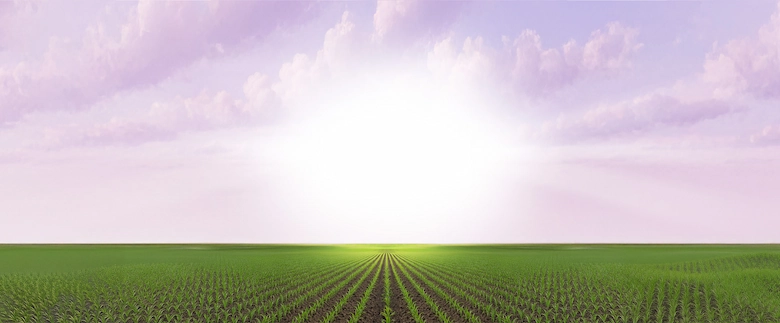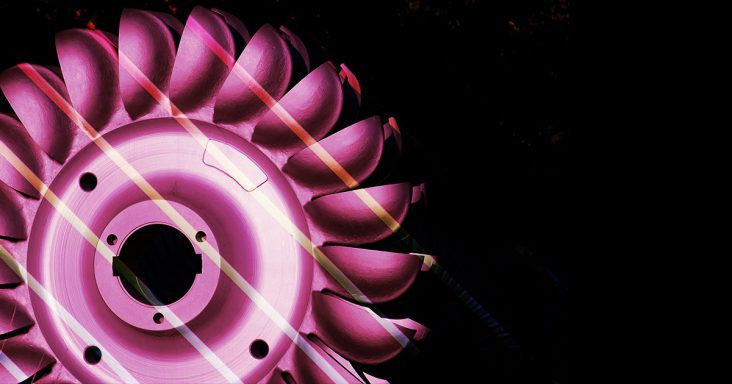

NGSS.3-5-ETS1, NGSS.MS-ETS1, NGSS.HS-PS3-3
Cardboard or foam board, push pins, string, scissors, box cutter, wood skewers, rulers, rubber bands, metal washers
Early attempts to make use of the energy of the natural world were to direct water being pulled by gravity, such as a waterfall or simply a flowing stream, by the use of a waterwheel. These tools involve a wheel with various attachment designs that interact with water and cause the wheel to turn. Early versions of waterwheels were used in milling grain for flour, grinding wood for papermaking, and pounding fiber for clothing. As engineers and waterwheel operators have experimented with new designs, waterwheels have improved in efficiency and power. Turbines are the model descendant of waterwheels, and are part of many energy systems, from providing electricity to cities to powering jet airplanes.
Share the background information with the students, then share the puzzle to be solved. Determine constraints (e.g., time alotted, space, materials provided, etc.) and divide students into small groups.
Ask a series of questions to help students brainstorm solutions to the puzzle. Encourage students to list all ideas – don’t hold back! Before moving on, make sure each group selects a solution that fits within the contraints.
Students diagram the prototype, identify the materials needed to build the prototype, and write out the steps to take. Students describe the expected outcomes.
Students follow their design plan and build their prototypes. Monitor their progress and remind them about how much time they have.
Students evaluate their creation and compare it with the expected outcomes. Students seek areas of improvement and make changes where needed.
Students share their solution to the puzzle and communicate lessons learned.
How big can you make your waterwheel? See who can make the largest functioning waterwheel!